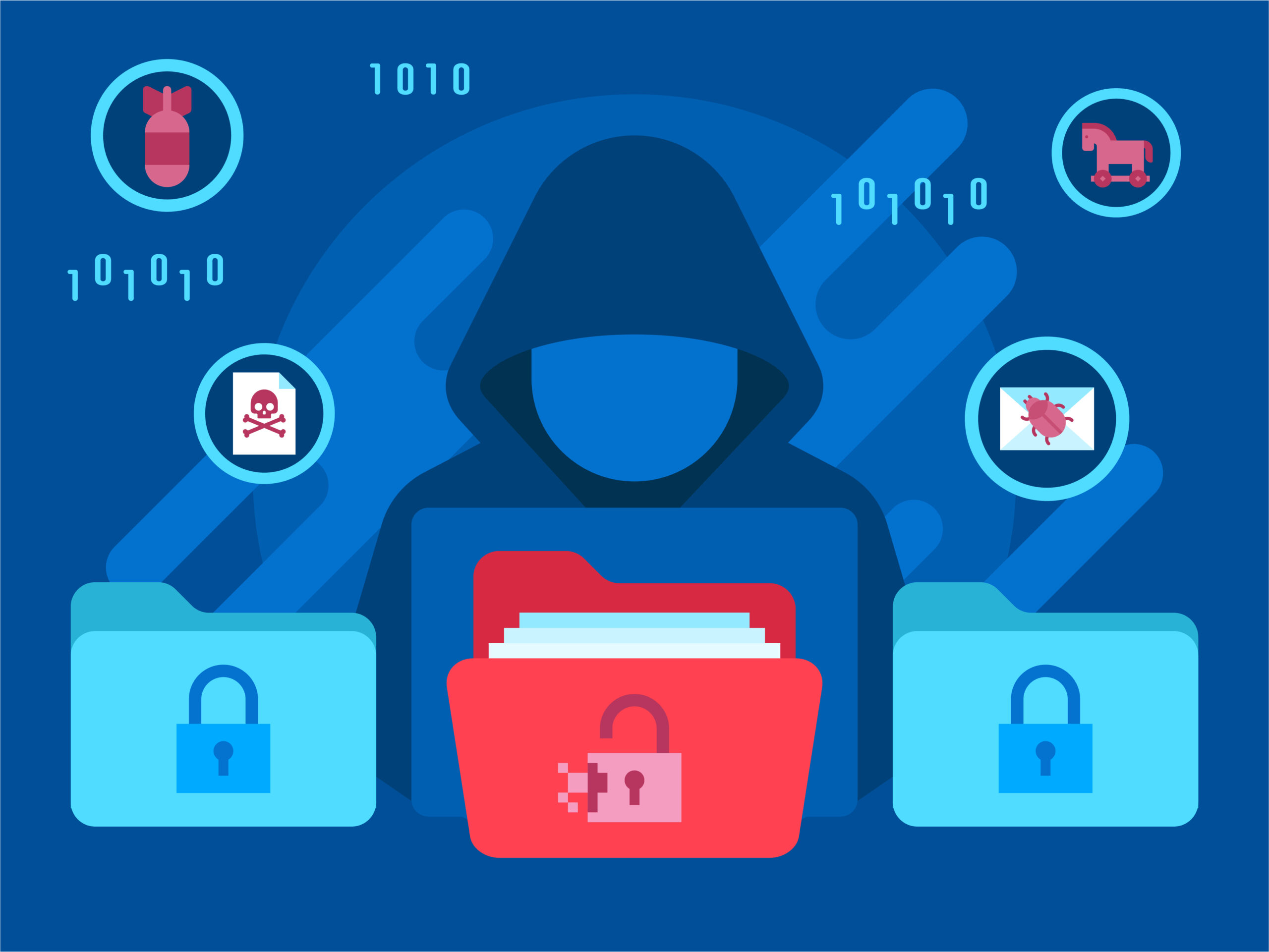An Introduction to Insider Threats
Any security risk an individual poses within an organization is called an insider threat. Data loss or theft, intellectual property theft, or financial information theft can all be caused by insider threats, which might be deliberate or unintentional. Employees, independent contractors, or third-party vendors with access to sensitive information are just a few of the potential threats. Understanding the many kinds of insider threats and how to avoid them is crucial because they are an increasing concern for organizations worldwide.
Insider risks frequently result from the deeds of staff members, independent contractors, suppliers, or partners with legal access to an organization’s resources. These dangers, which may be deliberate or accidental, have the potential to seriously affect an organization’s operations, reputation, and financial position. In this blog, insider threats are defined along with their many kinds, and some best practices for minimising and preventing them are discussed.
Types of Insider Threats
Malicious Insiders
Insiders who purposefully harm an organization fall under this category. They could be driven by greed, retaliation, or a desire to sabotage an organization’s activities. Insiders with bad intentions may steal confidential information, alter, or destroy data, or carry out sabotage. These people might harbour resentment towards the business, be after money, or work for a rival. As malicious insiders frequently have legitimate access to sensitive information, it might be challenging to identify them. Employees stealing firm data, selling confidential information to rivals, or damaging crucial systems are typical examples of malevolent insider threats.
Negligent Insiders
Negligent insider threats are incidents where workers or contractors unintentionally jeopardise the organization’s security. They are insiders who unwittingly harm an organization. They might need to properly adhere to security policies and procedures or be unaware of the security dangers connected to their conduct. Negligent insiders may mistakenly lose files, divulge private information to strangers, or fall for phishing attacks. Even though these people aren’t trying to hurt the business purposefully, their actions could cause much harm. Employees who write down their passwords, use weak passwords, forget to update software, or provide sensitive data to unauthorized parties are typical examples of careless insider threats.
Compromised Insiders
Unintentional insider threats are incidents where workers or contractors unintentionally jeopardise the organization’s security. These people may unintentionally delete crucial files or be duped into disclosing private information, as in the case of phishing scams. Unintentional insider threats frequently stem from a need for more security best practices knowledge or training. These are insiders who unintentionally start an insider threat. An external threat actor might compromise their networks or steal their login information. Insiders who have been compromised may unintentionally permit unauthorized access to a company’s systems, resulting in data breaches or other security incidents.
Best Practices to Prevent and Mitigate Insider Threats
Preventing insider threats requires a multifaceted approach that includes technology, policies, and training. Technology solutions can help “cybersecurity teams at enterprises monitor and protect their critical data, including data loss prevention, user behavior analytics, file activity monitoring, and risk detection and response.”
Create an Extensive Security Plan
A thorough security policy that details the steps that will be done to stop and lessen insider risks should be developed by organizations. Guidelines for access control, data protection, and incident response should all be included in the policy.
Put access control measures in place
Access control methods, including authentication, authorization, and encryption, should be implemented to limit access to sensitive data and resources. The least privilege principle, which restricts users’ access to only the resources they require to execute their job functions, should also be implemented by organizations.
Observe User Behaviour
Employing monitoring technologies will help businesses find and investigate shady user conduct. Users who take odd or unauthorized acts, such as accessing files, are not authorized to access them; these tools should be set up to trigger notifications.
Conduct regular Security Awareness Training
Companies should regularly train their partners, contractors, and staff in security awareness. Topics like social engineering, phishing prevention, and password hygiene should be covered in training.
Background Checks
Businesses should investigate the backgrounds of all employees, partners, and contractors with access to confidential data and resources. This will make it easier to spot somebody having a history of bad deeds or criminal activity.
Implement incident response processes
To address insider risks quickly, organizations should have incident response processes. Guidelines for containment, eradication, and recovery should all be part of the protocols.
Regularly Review and Update Security Policies and Procedures
To keep their security policies and procedures current and effective, organizations should routinely review and update them.
Conclusion
Organizations of all sizes face a severe security risk from insider threats. Employees, independent contractors, vendors, or partners with legal access to an organization’s assets may pose a threat. To prevent and lessen insider threats, organizations should adopt best practices like creating a comprehensive security policy, putting access control measures in place, monitoring user activity, regularly conducting security awareness training, running background checks, putting incident response procedures in place, and reviewing and updating security policies and procedures frequently. By implementing these recommended practices, organizations can safeguard themselves from insider threats’ destructive repercussions.

Mosopefoluwa is a certified Cybersecurity Analyst and Technical writer. She has experience working as a Security Operations Center (SOC) Analyst with a history of creating relevant cybersecurity content for organizations and spreading security awareness. She volunteers as an Opportunities and Resources Writer with a Nigerian based NGO where she curated weekly opportunities for women. She is also a regular writer at Bora.
Her other interests are law, volunteering and women’s rights. In her free time, she enjoys spending time at the beach, watching movies or burying herself in a book.

